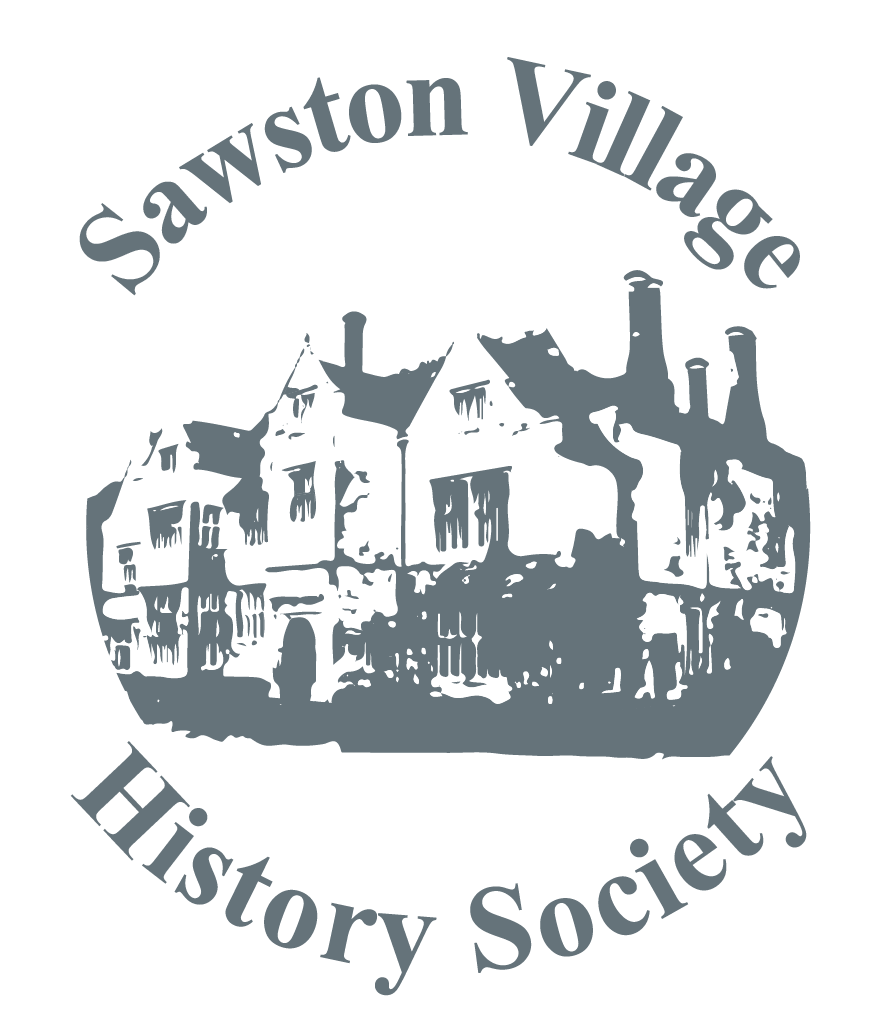
If you ever wondered how the Red Lion got its name, you missed a very entertaining opportunity to find out if you were not at this meeting. When Richard II came to the throne as a boy, John of Gaunt acted as regent, and landlords of pubs wanting to show allegiance could do so by using the red lion on his standard for their pub sign. There again, the red lion was on the arms of Scotland, so they may have wanted to show acceptance of James I.
The word Inn goes back to the time of the monasteries, where a room would be provided for travellers, so it just means a room to stay in. Coincidentally the monks brewed beer for their own consumption, but would undoubtedly share with their guests. The inns achieved their independence on the dissolution of the monasteries. Inn signs were necessary in times when very few people could read.
Just because a pub is called the New Inn, do not imagine it is fairly recent, it may be very old. What is believed to be the oldest pub is the Castle Rock in Nottingham, and carries the date 1189. The present building is not that old, but there has probably been a pub on that site since then, and it is significant that it is located in Brewhouse Yard with a river running by, from which the castle could be conveniently supplied with healthy refreshment.
Given that Inns originated in monasteries, it should be no surprise that many pub signs have religious connotations. The Cross Keys is the sign of Saint Peter, holding the keys to heaven. The Old Trip to Jerusalem needs a bit of digging. It dates from the time of the Crusades and Richard the Lionheart. Trip has changed its meaning since, then it meant a place to stop to rest. If you come to The Anchor miles from the sea it may seem incongruous, but it refers to the passage in St Paul's letter to the Hebrews 6:19 "Which hope we have as an anchor to the soul...". Incidentally I have always assumed the Ship Inns far from the sea actually originated as Sheep. The Shepherd and Flock, in contrast could represent Jesus and his followers.
Returning to royalty, The Royal Oak dates to the Civil War when the future Charles II hid from the parliamentarians in an oak tree. The Rose and Crown commemorates the marriage of the first Tudor Henry VII and Elizabeth of York. The Victoria is obviously the queen, and The Leopold her son. The Old George could be any of the early Hanoverians or St. George. The Kings Arms is obvious, and The Plume and Feathers is for the Prince of Wales. The White Hart was the standard of Richard II.
The Barleymow, Hopbine, and John Barleycorn are very obviously associated with beer, other names are less obvious. The Brown Bear comes from the arms of the Earl of Warwick, and The Eagle and Child from those of the Earl of Derby. The story goes that when he fathered an illegitimate child, he placed it at the foot of a tree in which an eagle was nesting. He took his wife to see it, and said that the eagle must have brought it, and that they should take it in. She must have been gullible or very tolerant to accept the story.
The Elephant and Castle has nothing to do with the Infanta de Castile, Eleanor, wife of Edward I, as is widely supposed, but comes from the arms of the Worshipful Company of Cutlers. The castle is actually a howdah on the elephant's back, and the connection to the Cutlers is the ivory in the elephant's tusk which was used in knife handles. The Carpenter's Arms, Bricklayers, and Needlemakers are other examples of Livery Companies.
The Plough, and The Harrow are tools of trade, and The Woodman a tradesman, but The Green Man is the god of the woods, while Robin Hood is the hero of the woods. Many other national heroes have given their names to Pubs including Nelson, Wellington, and Rodney. There is even a Washington celebrating the first American president. The Alma remembers a battle in the Crimea, and Spion Kop a less successful one in the Boer War.
Many more names were discussed and their derivations investigated in a most lively and captivating manner which the audience thoroughly enjoyed. If you missed this meeting, make a note not to miss the next one on 12th June when Dr Anthony Cooper will be talking about the events which led up to the First World War.